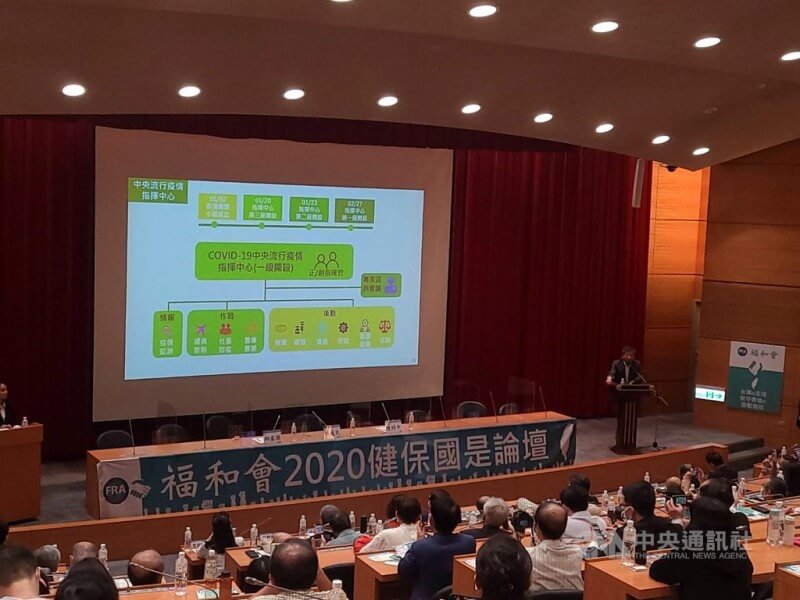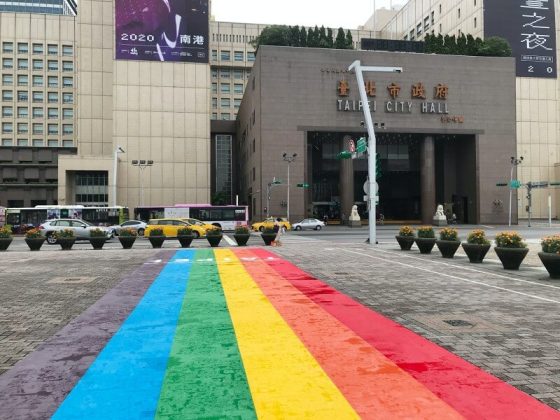With the world’s coronavirus death toll now well over one million, Taiwan’s thankfully still remains at 7, with the island only recently passing 500 cases. At the time of writing, the official number of confirmed cases is 518, the majority of those coming from overseas. The latest reported cases are three Taiwanese nationals returning home from the US, Japan, and the Philippines respectively.

Local spread of the virus is still seemingly non-existent, with Health Minister Chen Shih-chung (陳時中), at a health forum in Taipei last Saturday 3, citing the response to the Diamond Princess cruise ship outbreak in February as a pivotal moment in shaping how Taiwan dealt with culling the virus spread through strict quarantine measures. To give you an idea of how well Taiwan’s response is going, various reporters and outlets are now stating that there are more active cases of COVID-19 confirmed in the recent cluster from the White House than Taiwan, New Zealand and Vietnam combined. (Read more: New Zealand PM Supports Taiwan’s Inclusion in WHO)
There are now more recorded cases of Covid-19 in the White House than in New Zealand, Taiwan and Vietnam combined.
— Nguyen Phuong Linh (@linhpnguyen) October 3, 2020
The health minister also recently indicated that health insurance premiums are likely to rise due to the National Health Insurance’s (NHI) reserve funds being on course to be exhausted by the end of next year as a result of the pandemic. There will also potentially be a recalculation for policyholders living abroad. As reported by Taiwan News, Chen said: “Investment in healthcare is good for the country’s economy. Taiwan’s medical expenses account for approximately 6.4 to 6.6 percent of GDP, which is far lower than the average nine to ten percent of the GDP for other OECD countries.”
In another interesting development, in the first seven months of 2020, Taiwan saw a 156% increase in the use of mobile payments from last year. With people preferring to go contactless in an effort to stop virus transmission, consumers in Taiwan forked out NT$120.9 billion (US$4.18 billion) in mobile transactions. “The five most-used mobile payment methods are credit cards, debit cards, electronic tickets such as EasyCards, online to offline (O2O), and mobile points-of-sale (mPOS), according to the Financial Supervisory Commission’s Banking Bureau,” reported Taiwan News. (You might also like: Easy Does It: a Guide to Using EasyCard in Taiwan)
(cover photo: CNA photo)











